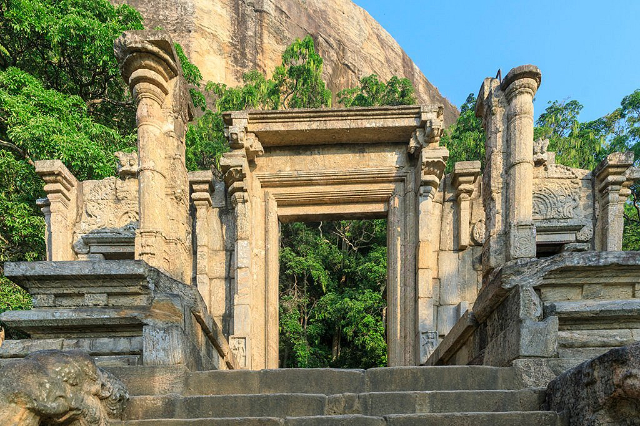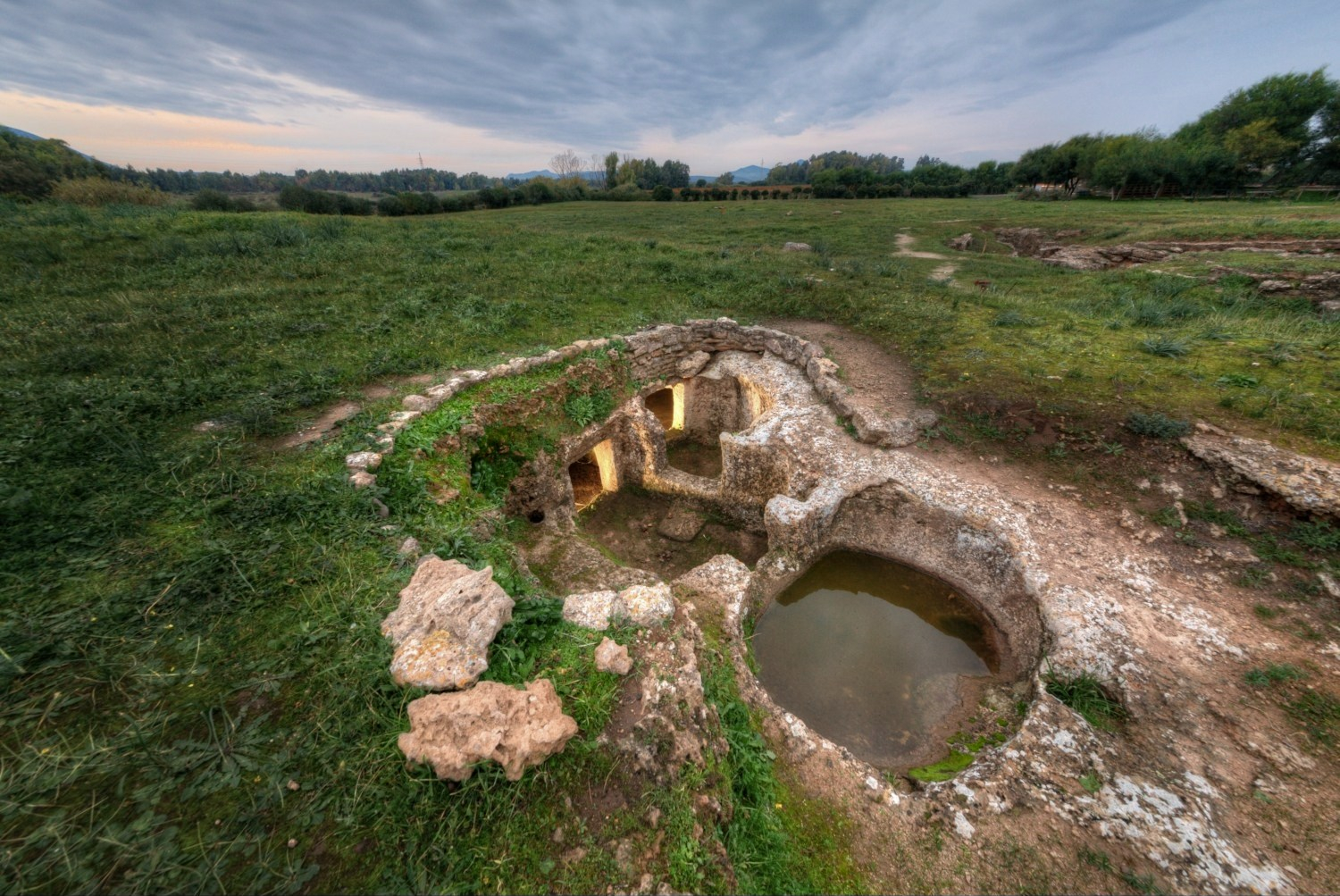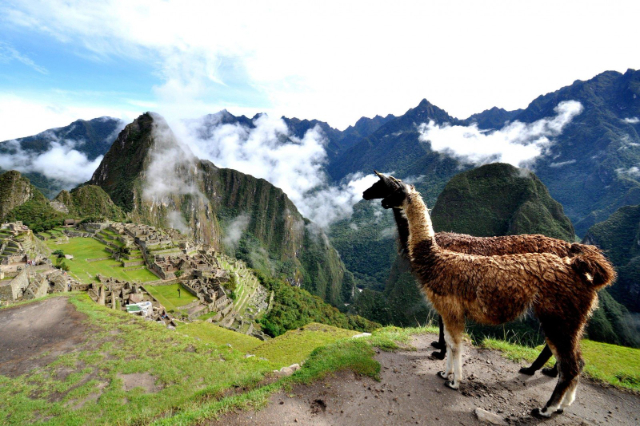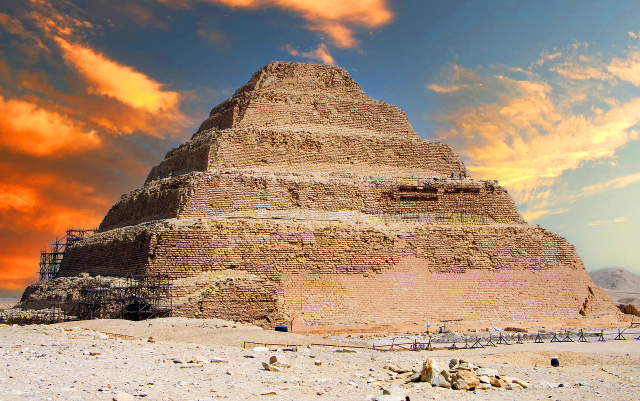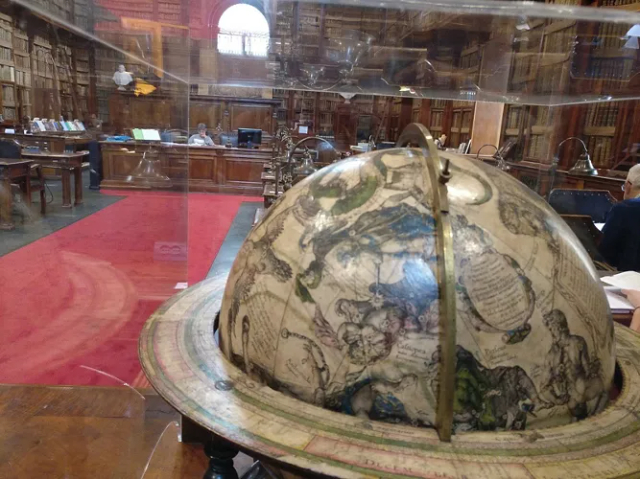In the morning mist, the white domes become ethereal. Sunrise and sunset slide on the marbles that become silk. Red, purple, golden. Then comes darkness, when the full moon is reflected in the water of the pools and the Taj Mahal looks like an ice castle, among the milky reverberations of the night. Mark Twain compared it to a marble bubble rising to the sky. The Indian poet Tagore described it as a tear on the cheek of eternity. The truth is that one is never disappointed in the most famous monument in India, which Shah Jahan had made as a mausoleum for his beloved wife, Mumtaz Mahal, who died in childbirth in 1631.



